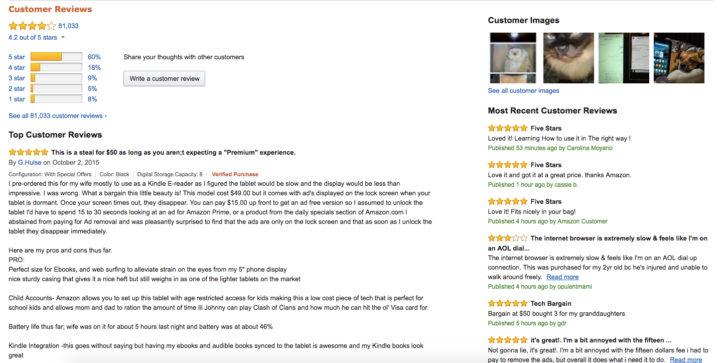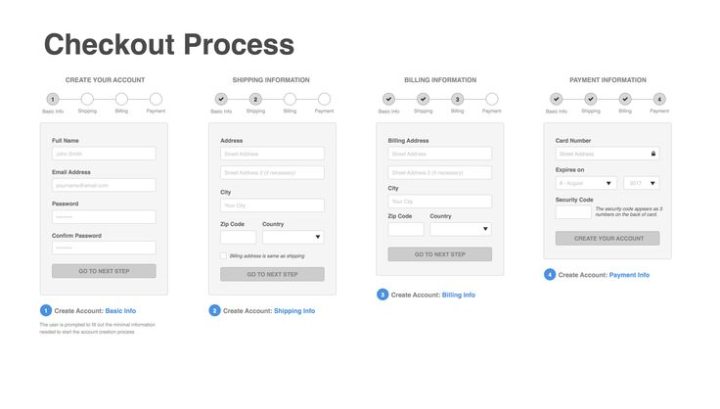Contents
Are you the one who has or deals with e-commerce sites somehow? Then I have news for you: You have to be a pro in UX. User experience is the key to your sites' growth. There are plenty of case studies about this topic which focus on the best practices. In this article, I would like to give you another viewpoint with the 3 most important parts of the e-commerce UX. Those 3 fields are: customer service, web checkout flow, and trust building. Let’s see...
Customer service is not a nice to have anymore
We at UX studio know that you have to impress your visitors at every stage of your customer flow. It’s called the user experience in ecommerce. I am kind of a perfectionist guy. I always want to have all the answers to all the questions. But I know is quite difficult. There will be questions from customers all the time that they didn’t find the answers to.
So, I’d say try to prepare for all possible questions about your product but never be surprised if you get new ones. Make sure that you have fully filled product pages. Cover your delivery conditions. Build a FAQ page and always update it. Put your direct customer service phone number in an easily findable place. And you can also consider chatbots or chat solutions.
Chatbots are getting popular nowadays. But it’s still marshy ground. Based on Kissmetrics’s post people who have questions about products or services are more likely to use installed live chat apps instead of calling or sending emails. There are tons of live chat applications that you can use.
One of the best pieces of advice I can give you is to put live chat options on critical pages. E.g on FAQ, checkout, and product pages. These are the most important pages on your e-commerce site where people need answers to their questions. If you serve them decently you can expect higher conversion rates from them.
Here you can find some live chat apps for your e-commerce site:
UX of checkout flow
The most controversial question. Sometimes it’s a matter of life or death. If you’re not good enough at UX you can easily bleed to death at this stage. But if you understand your customers and ecommerce UX well, you don’t need to worry. If you’re not sure how you can start building a good checkout flow, I suggest you start with the best practices.
I’m not sayin’ that all the pieces of advice will match your site, but I’m sure that you can’t kill your site with them. When you’ve had a highly or at least a satisfactorily converting checkout flow then you can refine them based on your experiences and from the feedback you had received from your customers or user interviews.
Smashing magazine put together the 12 most important tips for the best checkout flows. I just want to quickly go through them:
- Don’t force users to register for shopping
- Inform the availability of the product
- Allow your customers to easily modify their orders
- Provide real-time support (We’ve covered that part 🙂 )
- Keep the back button fully functional (Personally, I think it’s not a tip but it’s more like a minimum requirement)
- Provide photos, specifications, and links for the items in the basket
- Provide progress indicator (I just wanna highlight it. It’s getting more important and it can ensure amazing user experience.)
- Keep the checkout interface simple
- Don’t take the user out of the checkout process
- Inform the users about the delivery conditions and times (We’ve half covered that)
- Tell the customers what’s next
- Send out a confirmation email (I’d like to add that as soon as you can and try to contact them via phone or personally if the item is costly)
Here is a good example for a checkout flow based on the list above:
Building trust in ecommerce UX
One of the most time-consuming tasks in the relation between UX and ecommerce is trust building. We can write another blogpost or even a book about this topic but here I just want to give you some basic tips that you have to take into account when designing an ecommerce site.

The first one is having a strong mission. When you communicate your mission to your customers they are going to understand the value of your products. This way you can build a very strong relationship with them and if you do it well, they might be your influencers.
Have you heard about the new Adidas shoes which were made by ocean waste? That’s recently one of the best examples for mission communication. You can check it here.
Then you should consider using testimonials and product reviews on your site. It helps a lot. Many people make decisions based on others’ opinions. Amazon does this perfectly.

Have you put your members’ faces to your ecommerce site? You should. People will engage more when they realize that there are “real” people behind your logo. You should also consider putting faces in the automated email signatures. E.g me, I like to see who I’m talking to.
Use your publications or celebrities. People trust the press and celebrities. They are “experts”. You can also “buy” some press releases. There is nothing wrong with that. Nowadays there is no room for fake products in pro papers. And people know that.
The tone of voice in ecommerce UX is crucial. People like talking to real people. Try avoiding jargons and copying marketing bullshit. Imagine your customer’s reaction to every sentence. Would you hear those sentences from a sales assistant? If yes, then you are on the right path.

Need help guiding your product team in the right direction? Not sure what the next step is with your product? Get in touch with us, share your questions, and our team will get back to you with everything you need to know!
Not sure which agency to choose yet? Check out our collection of the Top eCommerce Web Design Companies.
Cheers! 🙂






